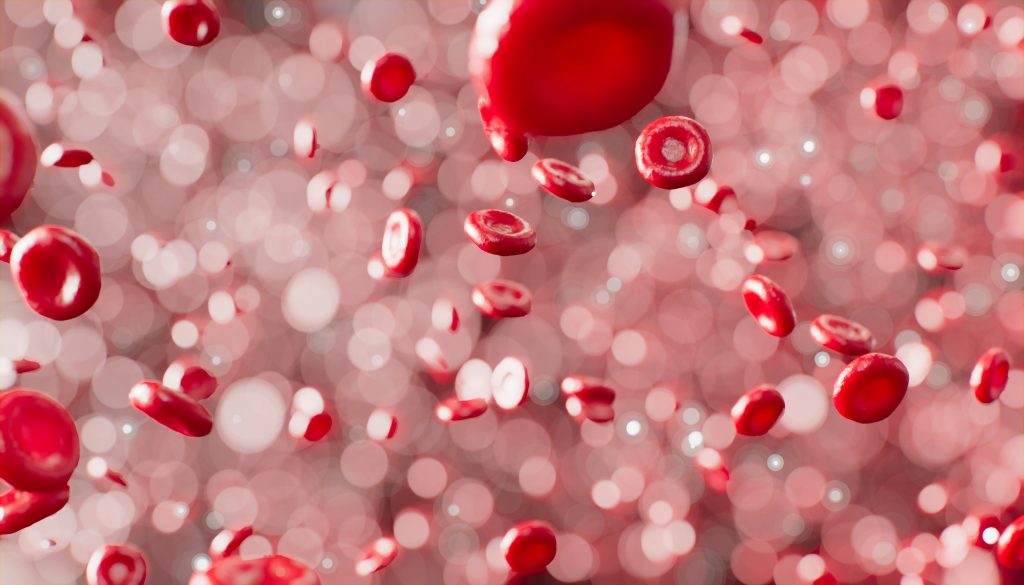Fit to Fight: The Positive Impact of Exercise on Leukemia Patients
Posted on September 30th, 2024 by Andries Lodder
By: Gcina Gumede

Leukemia is a type of cancer that affects the tissues of the body that produce blood cells such as your bone marrow, lymph nodes and spleen. Leukemia mainly affects the white blood which are an important part of the immune system. The bone marrow will produce abnormal white blood cells that do not functional properly. Individual with leukaemia can benefit from exercise in their recovery journey.
How leukaemia could develop?
Leukemia develops from genetic mutations in a single blood cell in the bone marrow, leading to the uncontrolled growth of abnormal white blood cells. These mutations can be triggered by factors like radiation, chemical exposure, or viral infections. As the mutated cell multiplies, it crowds out normal cells, disrupting blood production and immune function. This results in symptoms like anemia, infections, and bleeding disorders. In advanced stages, leukemia cells can spread to other organs and evade the immune system, leading to the progression of the disease, which can be acute and aggressive or chronic and slow developing.
Types of Leukemia:
- Acute Lymphocytic Leukemia (ALL): Most common in children, but can also occur in adults. It progresses rapidly and affects lymphoid cells.
- Acute Myeloid Leukemia (AML): Common in adults but can also affect children. It progresses quickly and affects myeloid (bone marrow) cells.
- Chronic Lymphocytic Leukemia (CLL): Generally affects older adults and progresses more slowly. It impacts lymphoid cells.
- Chronic Myeloid Leukemia (CML): Also more common in adults and progresses slowly. It affects myeloid cells.
People with leaukemia may present with the following symptoms:
- Fatigue: Due to anemia caused by a lack of red blood cells.
- Frequent Infections: Due to the malfunctioning of white blood cells.
- Bruising or Bleeding Easily: Resulting from low platelet counts.
- Swollen Lymph Nodes: Often painless, appearing under the armpits, neck, or groin.
- Bone or Joint Pain: Due to the buildup of leukemia cells in the bone marrow.
Exercise can play a beneficial role in the management and recovery of leukemia, offering both physical and psychological benefits. Here’s how:
- Boosts Physical Strength: Helps rebuild strength and endurance weakened by leukemia and its treatments.
- Reduces Fatigue: Regular exercise alleviates cancer-related fatigue and improves sleep.
- Enhances Immune Function: Supports the immune system in fighting infections and recovering from treatments.
- Improves Mood: Releases endorphins, reducing stress, anxiety, and depression.
- Maintains Healthy Weight: Assists in managing weight changes caused by treatment.
- Enhances Quality of Life: Increases physical function, reduces treatment side effects, and promotes overall well-being.
- Supports Recovery: Aids in regaining muscle mass, bone density, and overall physical function post-treatment.
It is important to consult a health care professional such as your physician or a Biokineticist before doing exercise.
Please feel free to contact us on social media or on our website.
Tweet